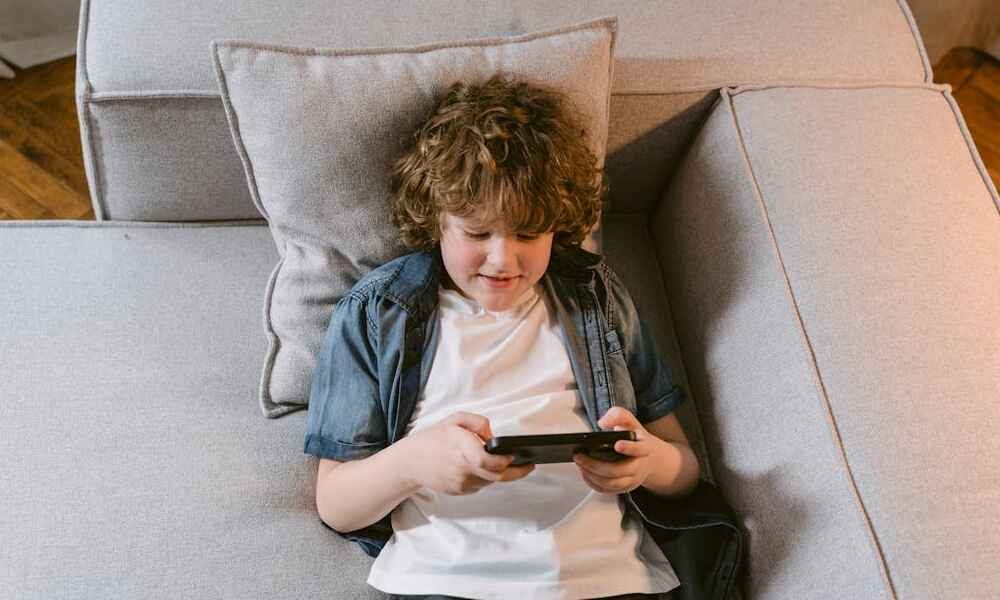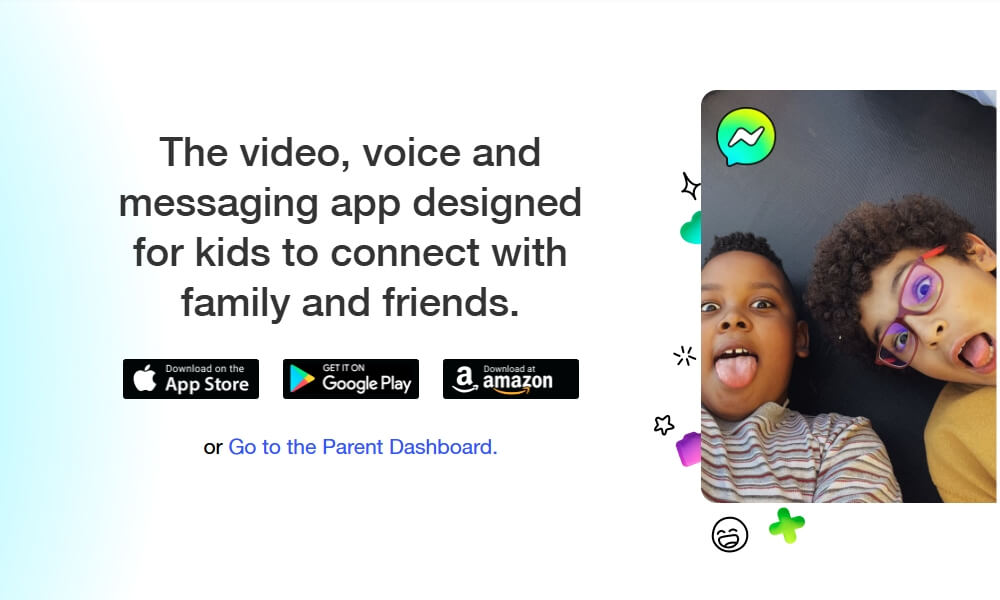How to Put a Lock on Apps for Monitoring Kids

Kids today are growing up with smartphones, which can be both beneficial and risky. Ensuring their digital safety starts with learning how to put a lock on apps. This guide will show you how to put a lock on apps to safeguard your child’s online activities using built-in tools, biometric locks, and third-party solutions like SafeMyKid.
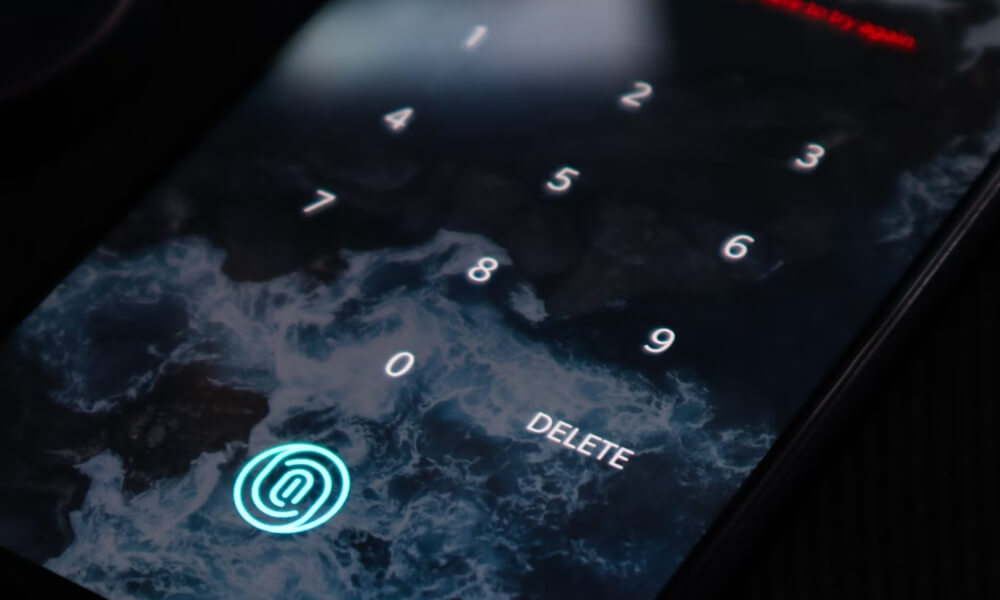
Why Putting A Lock on Apps is Important for Kids
As parents, protecting your child’s privacy and ensuring they access age-appropriate content is crucial. App locks allow you to:
- Restrict access to inappropriate apps.
- Prevent accidental in-app purchases.
- Monitor and manage their screen time effectively.
By securing their apps, you’re creating a safe digital environment that supports their growth and learning.
1. Using Built-in Features on iPhone
Using Screen Time to Lock Apps for Kids
Apple’s Screen Time feature helps parents limit app usage:
- Go to Settings > Screen Time > App Limits.
- Choose the app or category you want to restrict.
- Set a passcode that only you know.
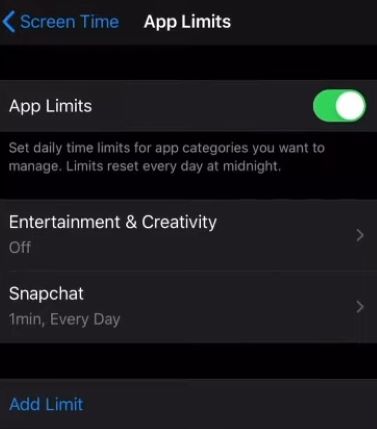
Advantages of Screen Time:
- Built-in Control: Manage app access directly from your child’s device.
- Parental Monitoring: View reports on app usage.
Disadvantages of Screen Time:
- Limited Customization: Doesn’t allow tailored locks for specific times.
- Passcode Dependency: Forgetting the passcode requires resetting settings.
2. Using Built-in Features on Android
App Pinning and Secure Folder for Kids
Android devices come with tools like App Pinning and Secure Folder to help parents manage app access:
- For App Pinning: Go to Settings > Security > App Pinning, then enable it.
- For Secure Folder: Add apps to the Secure Folder for restricted access.
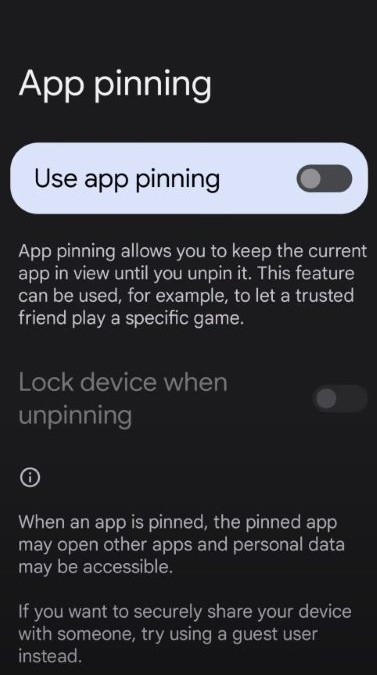
Benefits:
- Pre-installed Tools: No downloads needed.
- Easy to Use: Simple to set up and manage.
Limitations:
- Device Variability: Features differ based on the Android version and manufacturer.
- Basic Controls: It may lack advanced parental features.
3. Using Biometric Locks for Child Safety
Biometric features, such as fingerprint or face recognition, provide an effective way to secure apps. Parents can use biometrics to:
- Limit children’s access to sensitive apps.
- Provide seamless control without needing passwords.
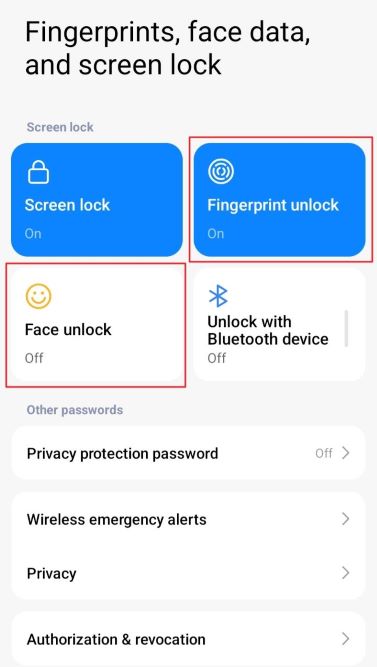
Steps for Setup:
- Go to the device’s Security Settings.
- Enable biometric locking for apps.
- Test the feature to ensure it’s functional and exclusive.
4. SafeMyKid: The Comprehensive Solution for Parents to Put a Lock on Apps
SafeMyKid is the ultimate tool for parents who want to ensure their child’s digital safety and manage app usage effectively. Specifically designed for Android devices, it provides a robust suite of features that simplify monitoring and controlling your child’s smartphone activities. Unlike many competitors, SafeMyKid doesn’t require installation on Apple devices, making it versatile and hassle-free.
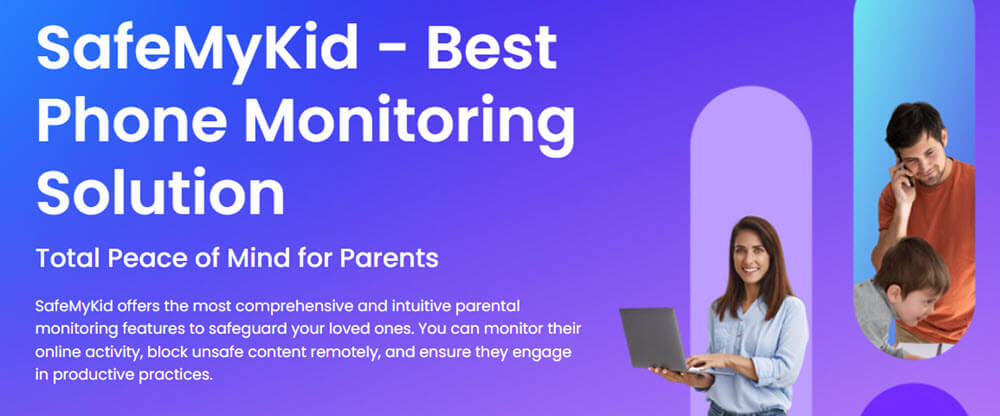
Key Features for Monitoring Kids:
- Customizable Restrictions: Parents can lock specific apps based on age appropriateness, activity type, or timing, ensuring children only access safe content.
- Screen Time Management: SafeMyKid allows you to set precise daily limits on app usage, preventing overuse and promoting healthy digital habits.
- Remote Monitoring: Manage and adjust app permissions from your device, giving you control even when you’re not nearby.
- Activity Insights: View detailed reports of app usage and screen time, helping you understand your child’s digital behavior.
- Emergency Alerts: Get notifications if your child accesses restricted apps or spends excessive time on their device.
Steps to Put a Lock on Apps with SafeMyKid (Android):
Step 1.Register for Free
Sign up and create an account with your email.
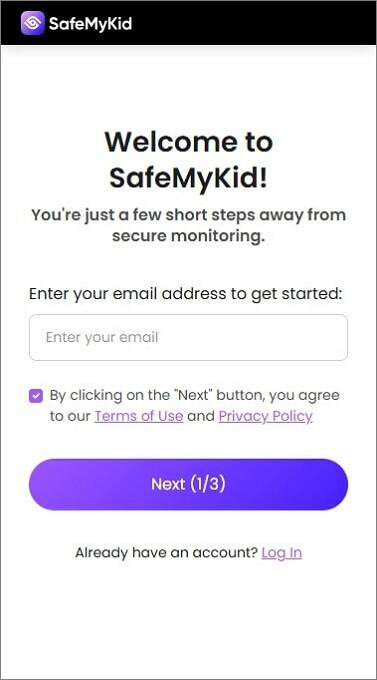
Step 2.Set Up on Target Device
Install SafeMyKid on the Android device, which works discreetly without the user knowing.

Step 3.Lock some apps on Android
Use the online dashboard to control which apps are locked and adjust settings remotely, ensuring your child is only accessing approved content.
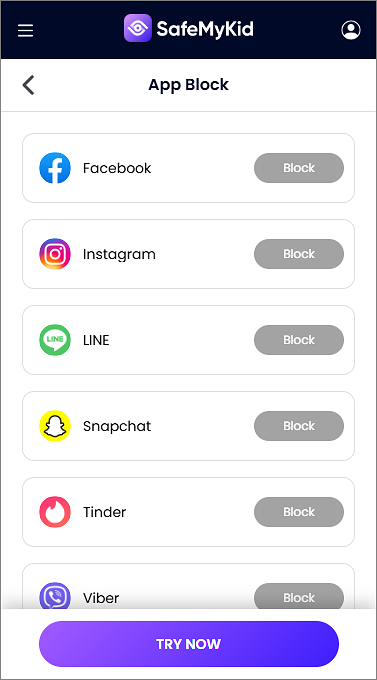
Steps to Put a Lock on Apps with SafeMyKid (iPhone):
Step 1.Register
Create a free account by entering a valid email address.

Step 2.Set Up
Simply log in with the target iPhone’s iCloud credentials (no app installation required).
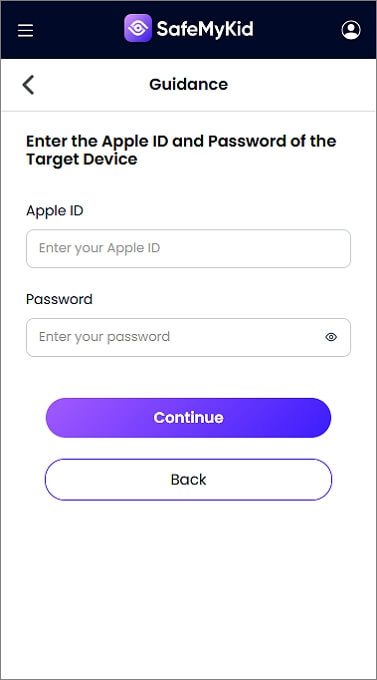
Step 3.Lock some apps on iPhone
Use the dashboard to restrict or monitor specific apps remotely, ensuring your child can only access appropriate content.

Why Parents Love SafeMyKid:
SafeMyKid is more than just an app-locking tool; it’s a comprehensive parenting assistant. Its detailed insights help parents guide their children responsibly while fostering safe digital habits. By blending ease of use with powerful features, SafeMyKid has become a trusted solution for families seeking to create a balanced and secure online environment for their kids.
5. Exploring Third-Party App Lockers for Kids
External app lockers, such as AppLock, can offer parents a way to manage their children’s access to specific apps, providing an additional layer of control. These apps can be used to lock individual apps or restrict access to certain features, helping parents ensure their kids are only using appropriate apps or content. However, there are several limitations that parents should be aware of when using these tools.
Drawbacks:
- Intrusive Ads: Many free app lockers, like AppLock, are ad-supported, meaning that users frequently encounter disruptive ads while trying to manage the apps. These ads can be distracting for both parents and kids and may negatively impact the user experience.
- Compatibility Issues: App lockers may not always work seamlessly across different devices or operating systems. Some apps may not lock properly, or certain features may not function as expected on all devices, leaving potential gaps in-app security.
While these app lockers can be helpful in some cases, SafeMyKid offers a more holistic and reliable solution for monitoring children’s digital activities. It provides a comprehensive suite of features tailored to keep kids safe online, offering not just app-locking capabilities but also real-time tracking, activity monitoring, and more, making it a superior choice for concerned parents.
6. Advanced Lock Preferences for Parental Control
Advanced app lock preferences help parents effectively manage their child’s screen time and app usage, striking a balance between digital freedom and safety. Key features include:
- Timed Locks: Restrict app access during specific times, like homework hours or bedtime, to reduce distractions and foster healthy screen habits.
- Location-Based Restrictions: Automatically lock apps based on location, such as at school, to minimize distractions during important activities or ensure safety during family outings.
- Layered Security: Enhance protection with PINs and biometric locks, requiring multiple authentication steps to prevent unauthorized access and ensure robust safety.
These customizable settings empower parents to set clear boundaries while allowing children to explore technology responsibly and securely.
7. Troubleshooting App Lock Issues
Even the best app-locking solutions can encounter occasional hiccups. Understanding and addressing these issues promptly ensures your child’s digital safety remains uncompromised.
Common Problems:
- Forgotten Passwords: Forgetting the password for an app lock is a common issue. Most app-locking tools, including built-in ones, offer recovery options. Check for a “Forgot Password” link or similar recovery feature to reset the password. Ensure your recovery email or phone number is up to date to simplify this process.
- Permission Errors: App locks require certain device permissions to function correctly. If the lock isn’t working as intended, double-check that the necessary permissions are enabled. This may include access to usage data, overlays, or security settings.
- Compatibility Issues: Some third-party app lockers may not work seamlessly with certain devices or operating system updates. Regularly check for updates to the app and your device’s firmware to avoid conflicts.
Tips for Parents:
- Regularly Update Locking Apps: App developers frequently release updates to enhance features and fix bugs. Ensure your app-locking tool is up to date to take advantage of the latest security improvements and functionalities.
- Use Unique and Secure Passwords: Avoid using common or easy-to-guess passwords. A strong password includes a combination of letters, numbers, and special characters. Avoid sharing the password with your child to maintain control.
- Backup Your Settings: Some app-locking tools allow you to back up configurations and passwords. Utilize this feature to restore your settings quickly if something goes wrong.
- Monitor Device Performance: App-locking tools can sometimes cause minor performance issues, such as slowing down the device. If you notice such problems, check for resource-heavy settings and adjust them accordingly.
- Educate Your Child: Teach your child the importance of app locks and explain why certain apps are restricted. This can reduce attempts to bypass the locks and foster a sense of understanding and cooperation.
By staying proactive and addressing these common issues, parents can ensure app locks remain effective, providing a secure and balanced digital environment for their children.
Conclusion
Putting a lock on apps is a simple yet powerful way to protect your child’s online experience. By using built-in tools, SafeMyKid, and customized options, you can ensure their digital environment is both secure and supportive. Start implementing these strategies today to monitor and guide your child’s smartphone use effectively.


